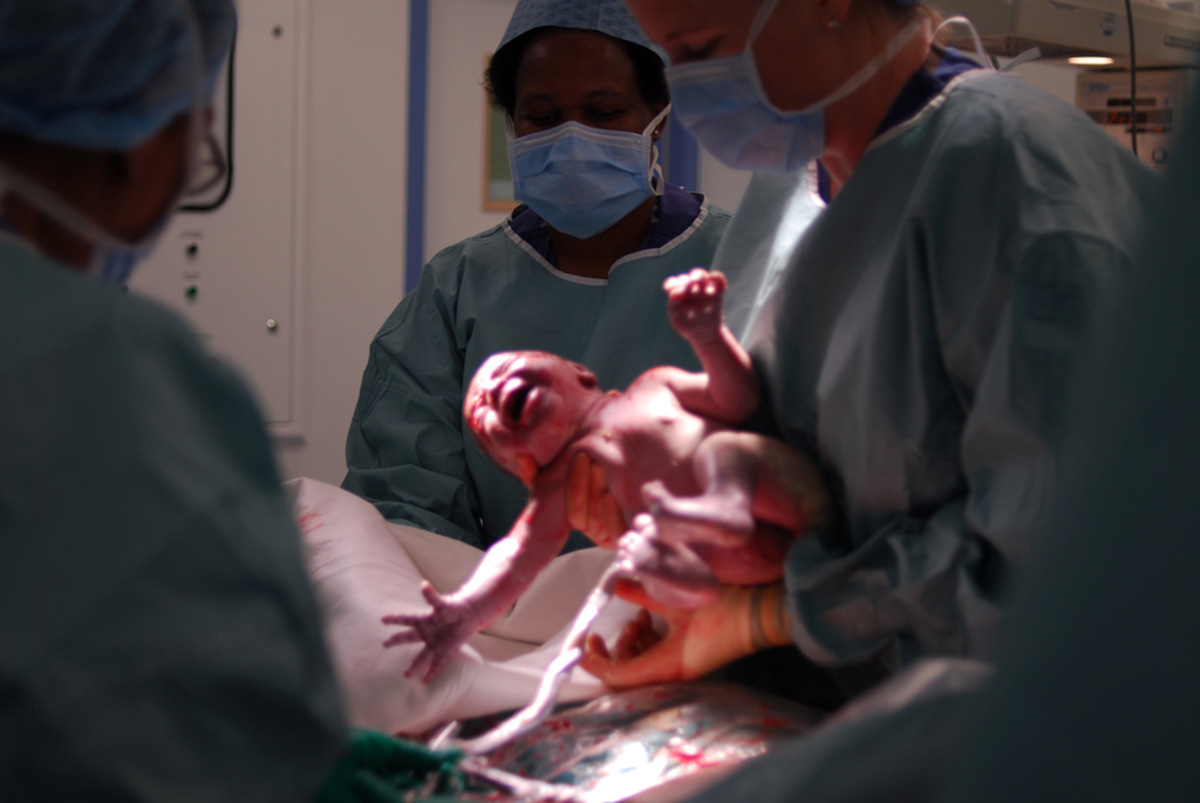Table of Contents
Childbirth has always been dangerous. In the 18th and 19th century, women who had given birth went through a "churching" ceremony to return them to the church. The ceremony started by giving thanks to god that the woman had survived childbirth. Fast forward a hundred years to the middle of the twentieth century, and things had changed for the better — but they were sill bad.

Journalist and novelist Emily Woff looks back on her own mother's experience of birth: "My mother's first birth was a lonely and scarring experience. My father was not allowed to be present. She was strapped to a bed on her back, her feet hoisted into stirrups. She was given ether for the pain and the baby was yanked out of her birth canal with metal forceps. Her vagina ripped badly, and she felt alone, ashamed and frightened. She said she was treated like an animal. Her baby was taken away to a separate room and only brought back to her when the staff deemed it necessary." (Source: The Guardian.)
That was the advanced method, designed to free women from the horrors of squalid home births unattended by medical staff, with no pain relief, no emergency help on hand and no professional guidance. Incredibly, Ms Woof's mother's story was actually an improvement on what had gone before.
But it triggered its own backlash. Women objected to childbirth being "medicalized" — treated like part of a disease, instead of something natural. They objected to being treated without respect by medical staff, to being given drugs without their consent, to being injured by careless staff, to being isolated from their husbands or lovers — and from their newborn children. The natural-birth movement was born.
While that may be true for some people, it doesn't always work out. Some women have relatively easy births while for some, the process is filled with blood and horror. And it's difficult to predict in advance how it will be for any particular woman. How well-prepared a woman is doesn't seem to make much difference. How fit she is isn't always a reliable indicator. Many women have set out for natural childbirth, only to be waylaid by the process of their own childbirth and find themselves en route for a hospital birth anyway.
READ Natural Pain Relief For Labor: Alternative Methods of Pain Relief During Childbirth
It's great that there's a movement that's teaching women to take control of their own pregnancies. And it's definitely great that there's somewhere to go when it goes wrong, or it you prefer to do things a different way. But what if both these disparate methods are both wrong, for the same reason?
- Photo courtesy of salimfadhley via Flickr: www.flickr.com/photos/salimfadhley/166471938
- Photo courtesy of salimfadhley via Flickr: www.flickr.com/photos/salimfadhley/2140974039
- "Let's be honest about childbirth," The Guardian, http://www.theguardian.com/lifeandstyle/2010/mar/13/natural-childbirth-caesarean-emily-woof "Don't Distract Her, She's Having a Baby," New Scientist, http://www.sciencedirect.com/science/journal/02624079/227/3028


Your thoughts on this